Rising Adoption of IoT Devices
The proliferation of Internet of Things (IoT) devices is a crucial factor propelling the Predictive Analytics Market. As more devices become interconnected, the volume of data generated is expanding exponentially. This influx of data presents both challenges and opportunities for organizations seeking to leverage predictive analytics. By utilizing predictive models, businesses can analyze real-time data from IoT devices to optimize operations, enhance customer experiences, and improve product offerings. The market is expected to witness substantial growth, with estimates suggesting it could reach USD 30 billion by 2028, driven by the increasing integration of IoT technologies across various sectors.
Need for Enhanced Customer Experience
The imperative for enhanced customer experience is driving the Predictive Analytics Market. Organizations are increasingly focused on understanding customer preferences and behaviors to tailor their offerings accordingly. Predictive analytics enables businesses to analyze historical data and forecast future customer interactions, thereby facilitating personalized marketing strategies. This trend is particularly evident in the retail and e-commerce sectors, where companies are investing in predictive analytics solutions to improve customer engagement and retention. The market is projected to grow significantly, with estimates indicating a potential valuation of USD 22 billion by 2026, as businesses prioritize customer-centric approaches.
Regulatory Compliance and Risk Management
Regulatory compliance and risk management are becoming increasingly critical in the Predictive Analytics Market. Organizations are required to adhere to stringent regulations, necessitating the use of predictive analytics to identify potential risks and ensure compliance. By leveraging predictive models, businesses can proactively address compliance issues and mitigate risks associated with financial transactions, data breaches, and operational inefficiencies. This trend is particularly pronounced in sectors such as finance and healthcare, where regulatory frameworks are evolving rapidly. The market is anticipated to grow, with projections suggesting it could reach USD 28 billion by 2027, as organizations seek to enhance their risk management capabilities through predictive analytics.
Advancements in Machine Learning Algorithms
Advancements in machine learning algorithms are significantly influencing the Predictive Analytics Market. These innovations enhance the accuracy and efficiency of predictive models, allowing organizations to derive actionable insights from complex datasets. The integration of sophisticated algorithms enables businesses to identify patterns and trends that were previously undetectable. As a result, the market is experiencing a notable uptick, with projections indicating a potential growth trajectory that could exceed USD 25 billion by 2027. This growth is driven by the increasing adoption of machine learning technologies across various industries, including finance, healthcare, and retail, where predictive analytics is becoming indispensable for informed decision making.
Growing Demand for Data-Driven Decision Making
The increasing emphasis on data-driven decision making is a primary driver for the Predictive Analytics Market. Organizations across various sectors are recognizing the value of leveraging data to enhance operational efficiency and strategic planning. According to recent estimates, the market is projected to reach USD 20 billion by 2026, reflecting a compound annual growth rate of approximately 25%. This surge is attributed to the need for businesses to remain competitive in a rapidly evolving landscape. As companies seek to harness insights from vast datasets, the demand for predictive analytics solutions is likely to escalate, enabling them to anticipate market trends and consumer behavior more effectively.
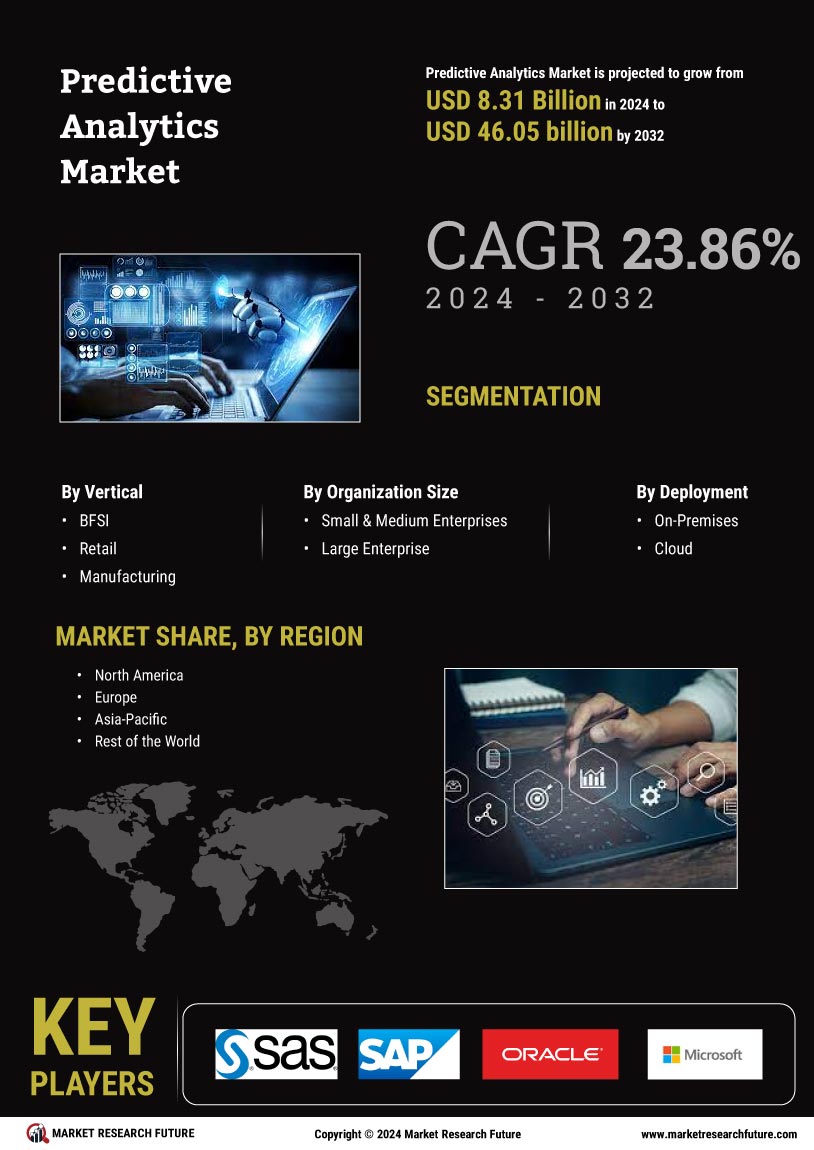

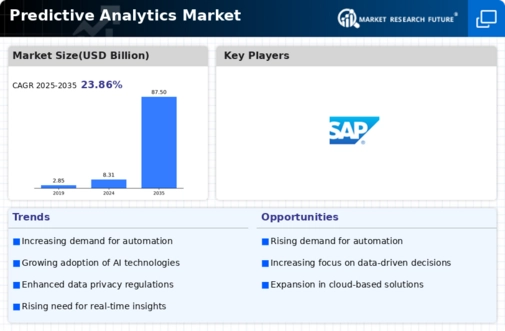
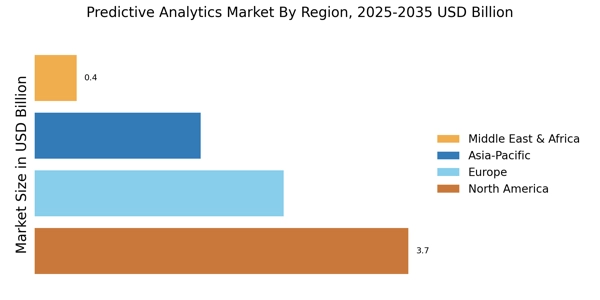




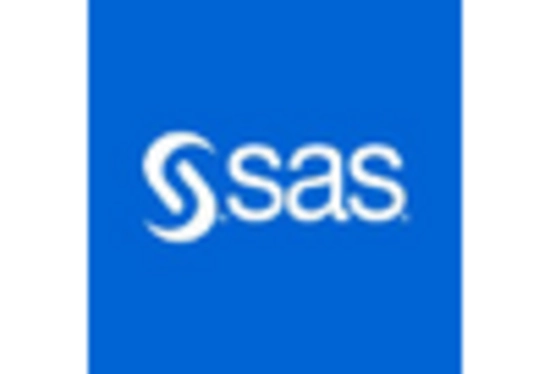
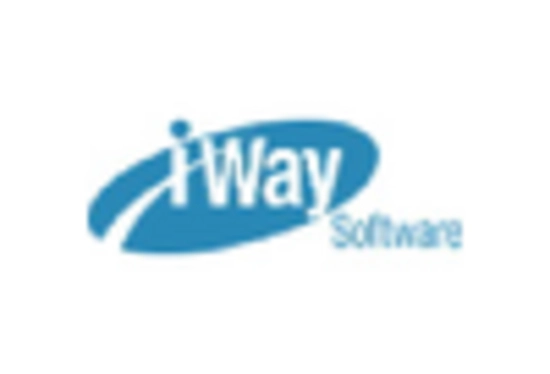








Leave a Comment